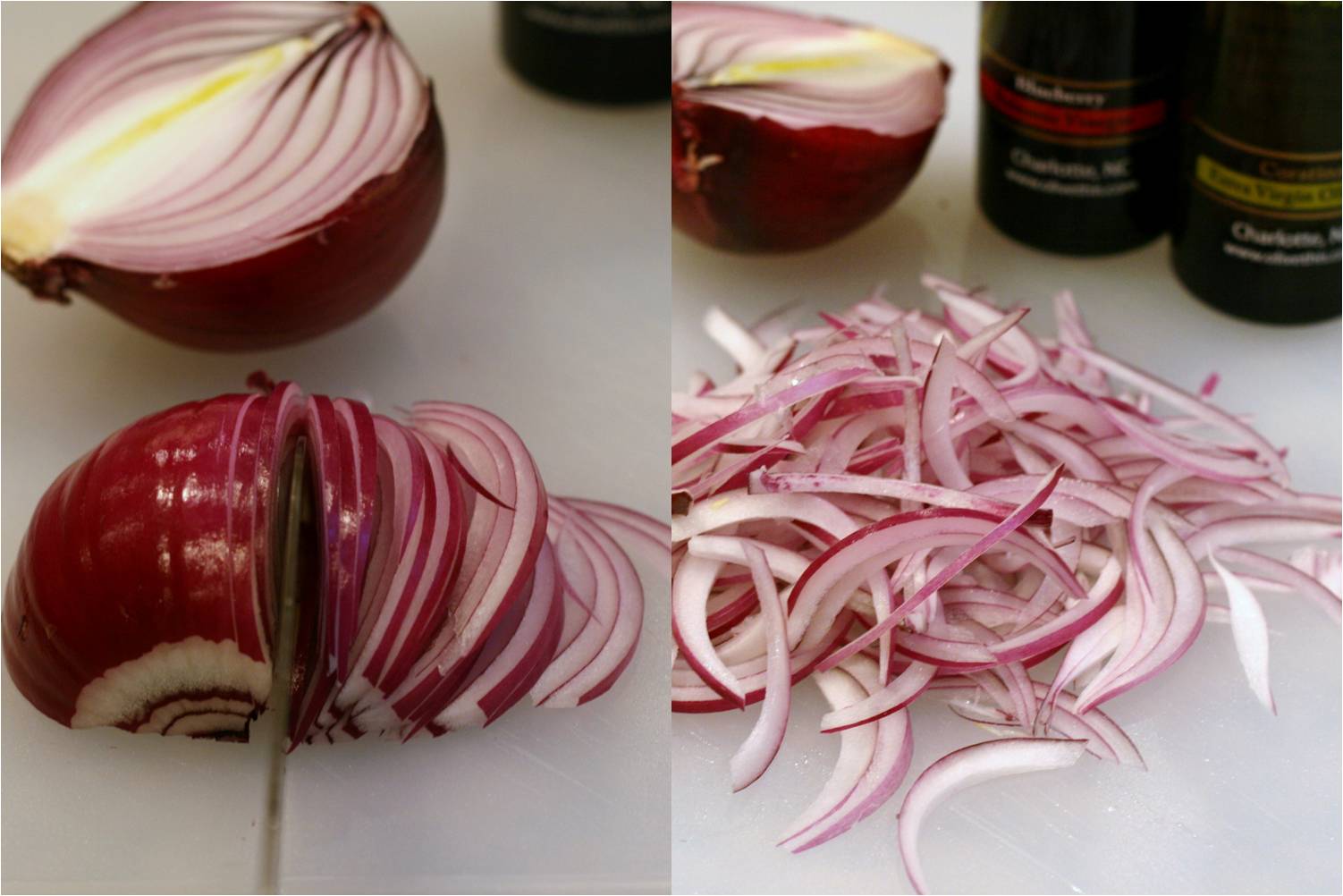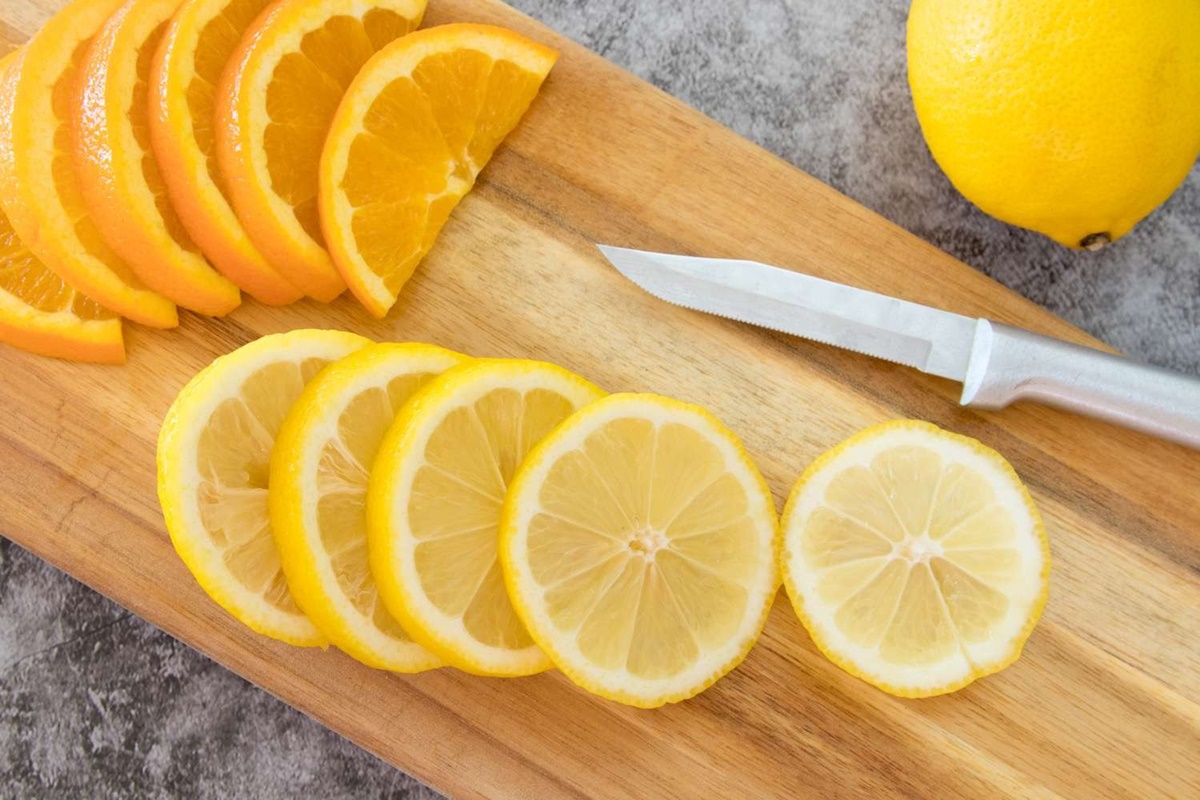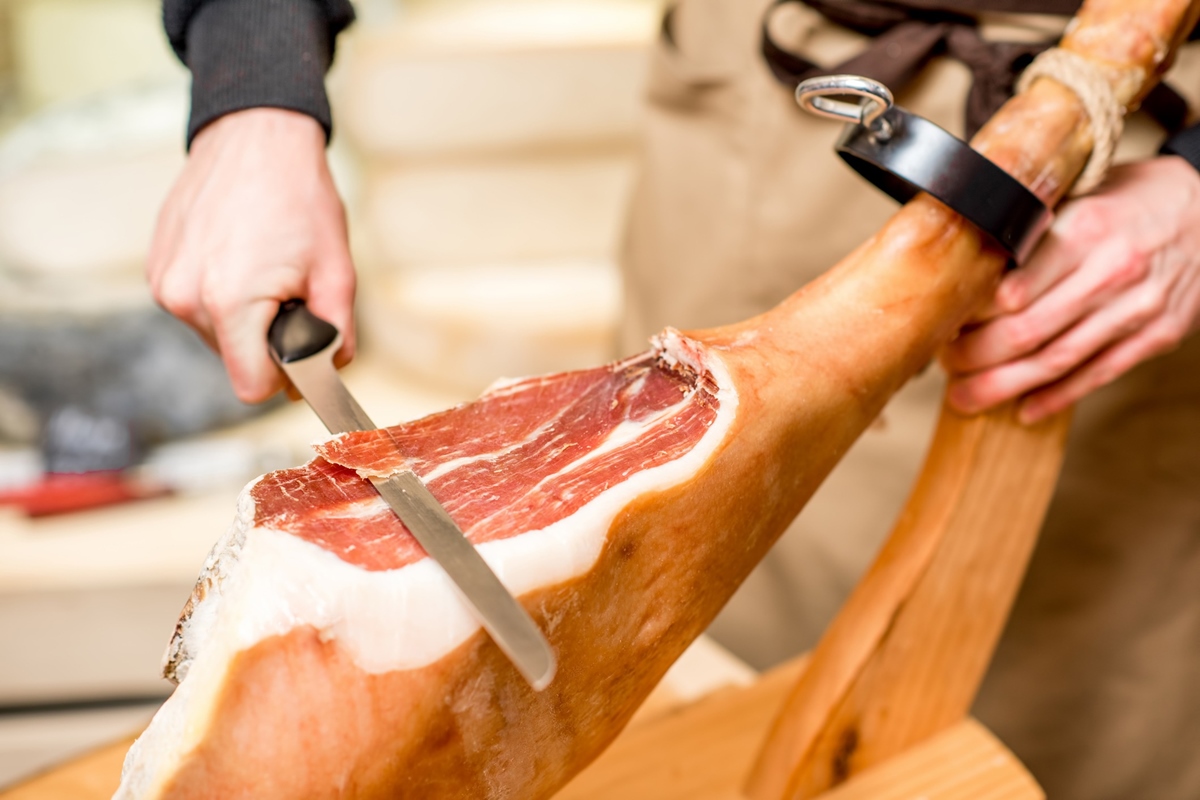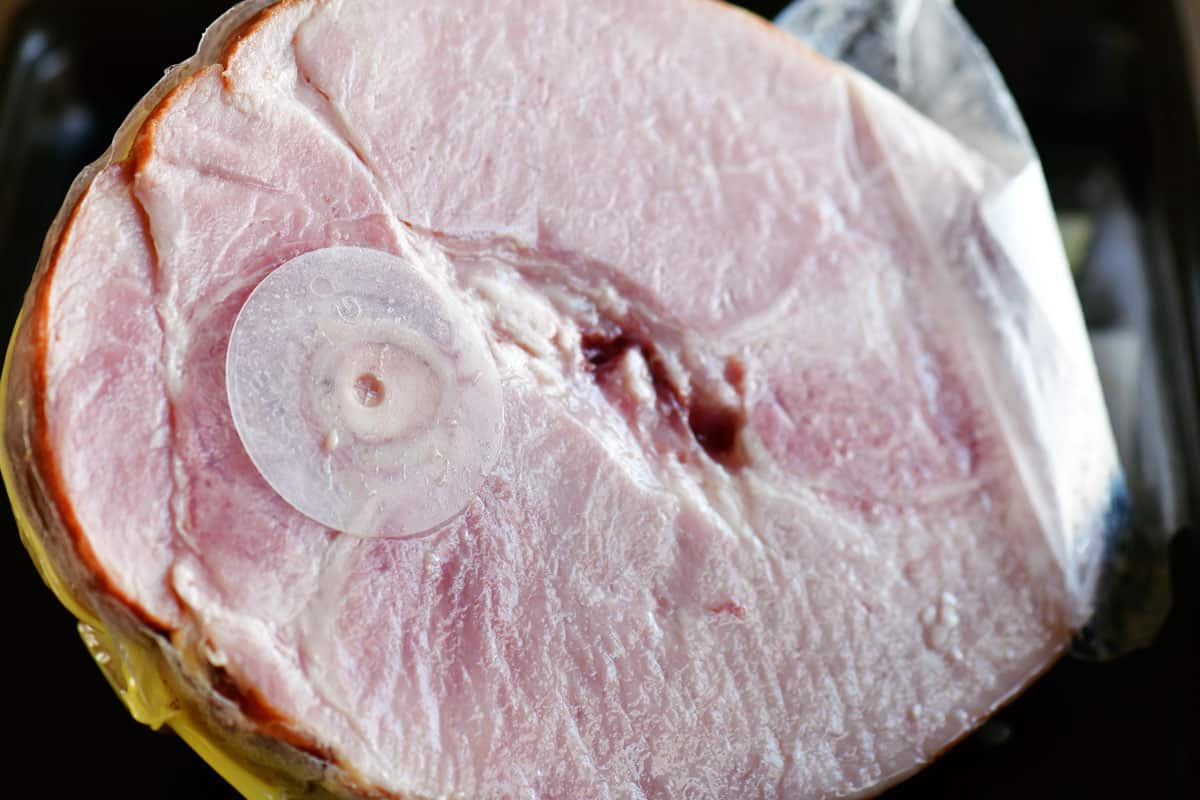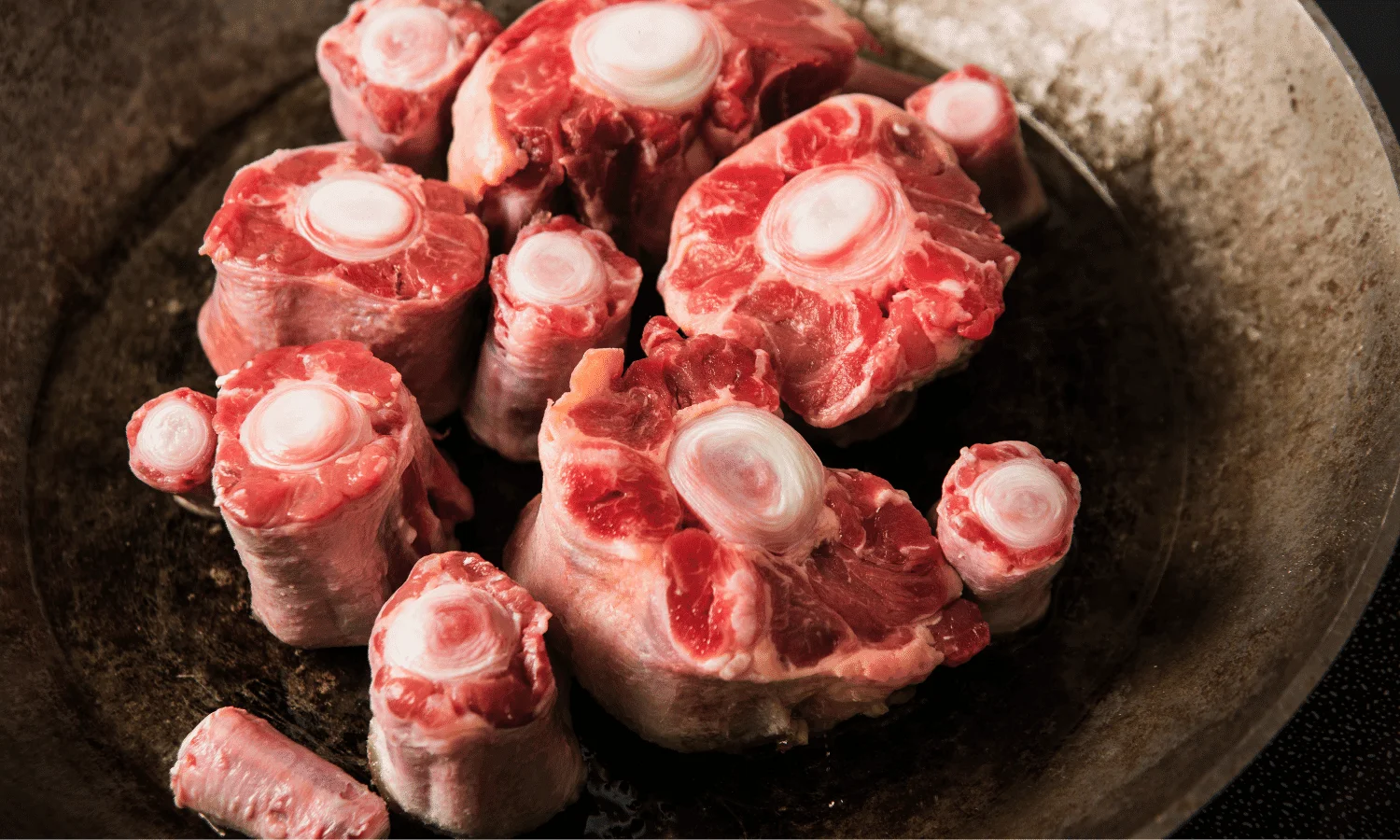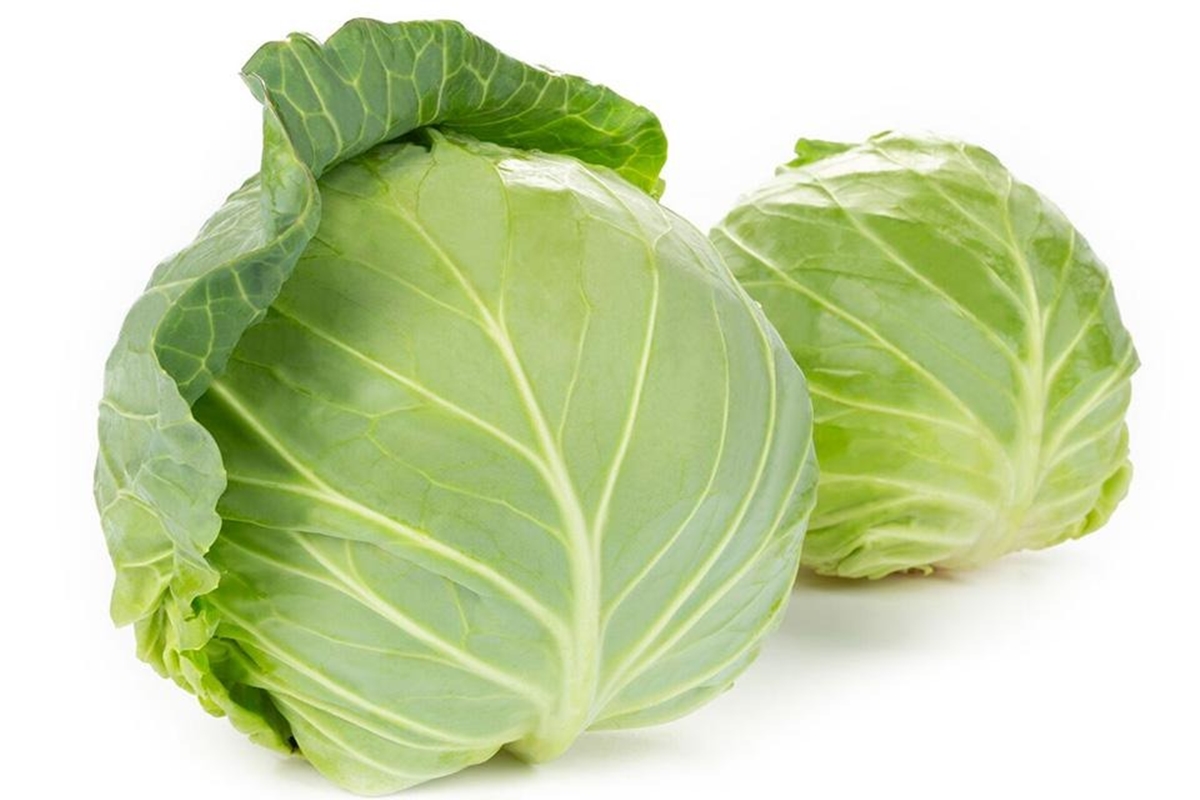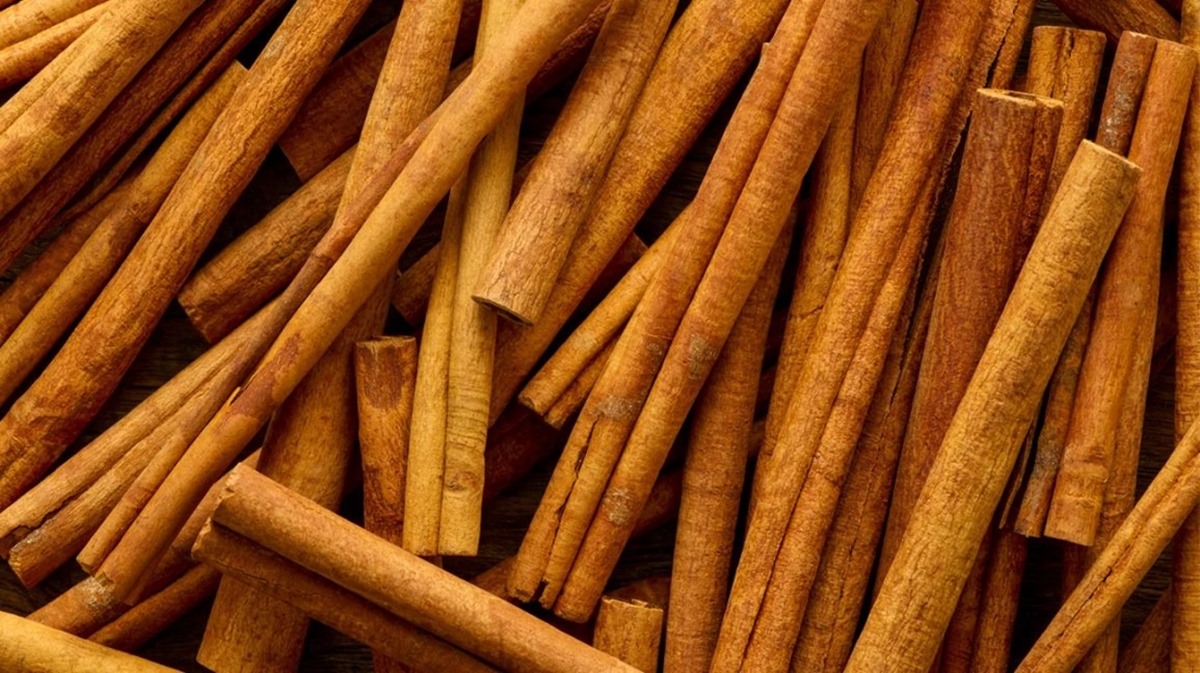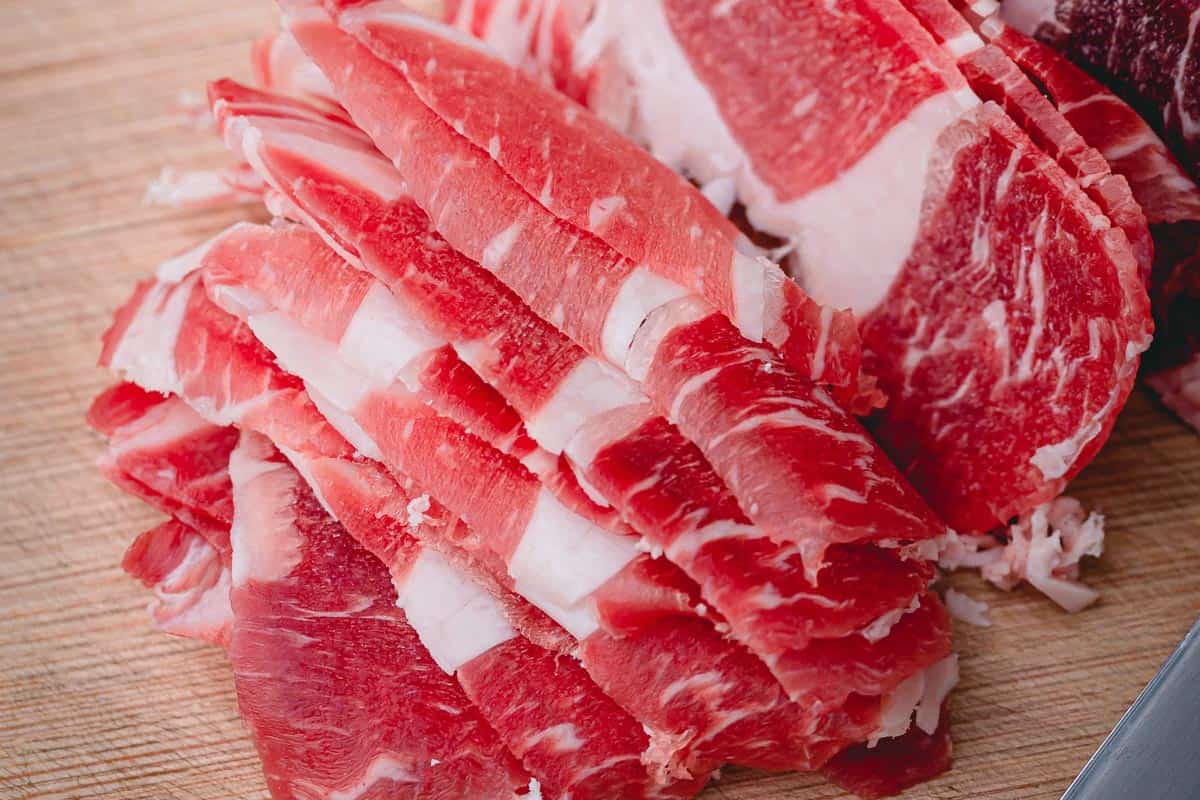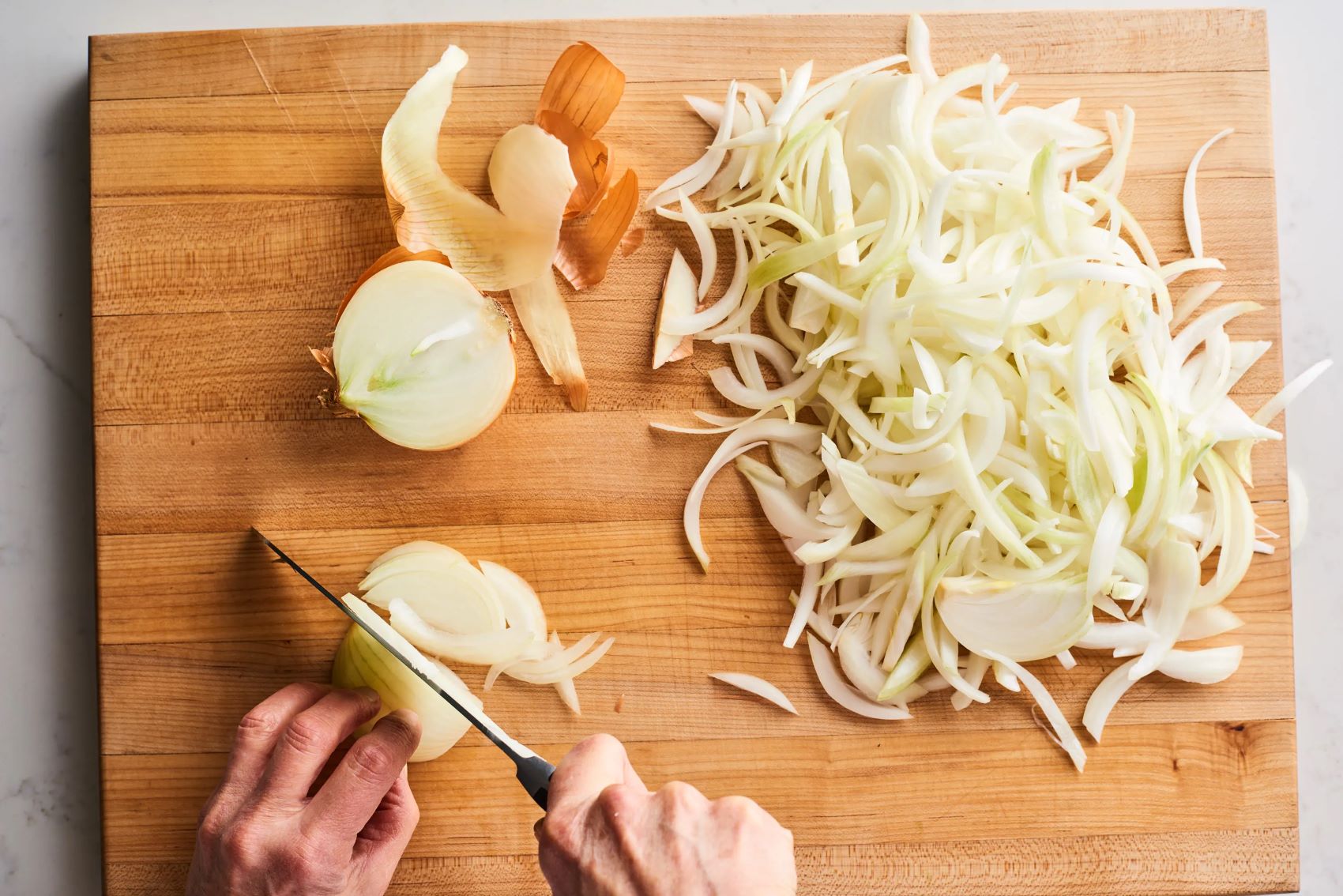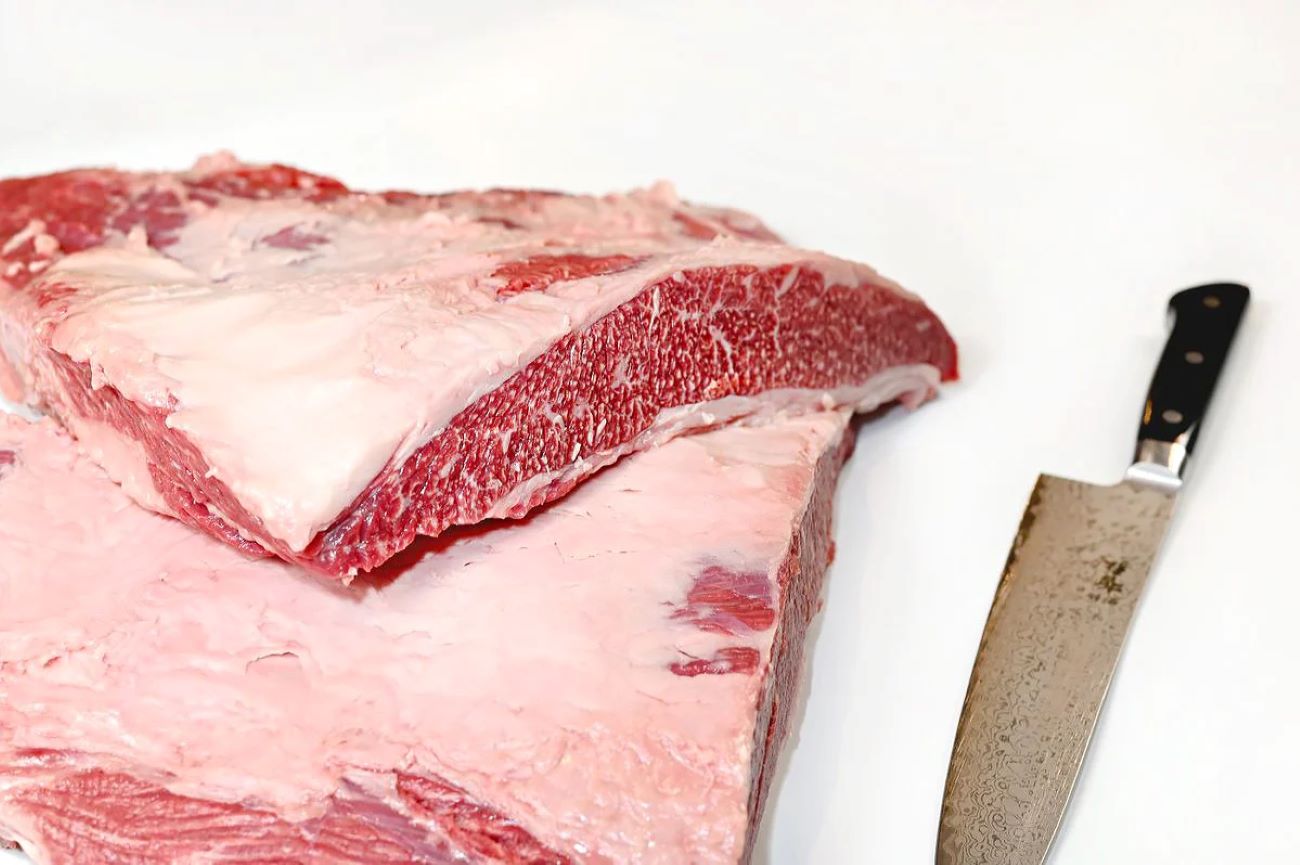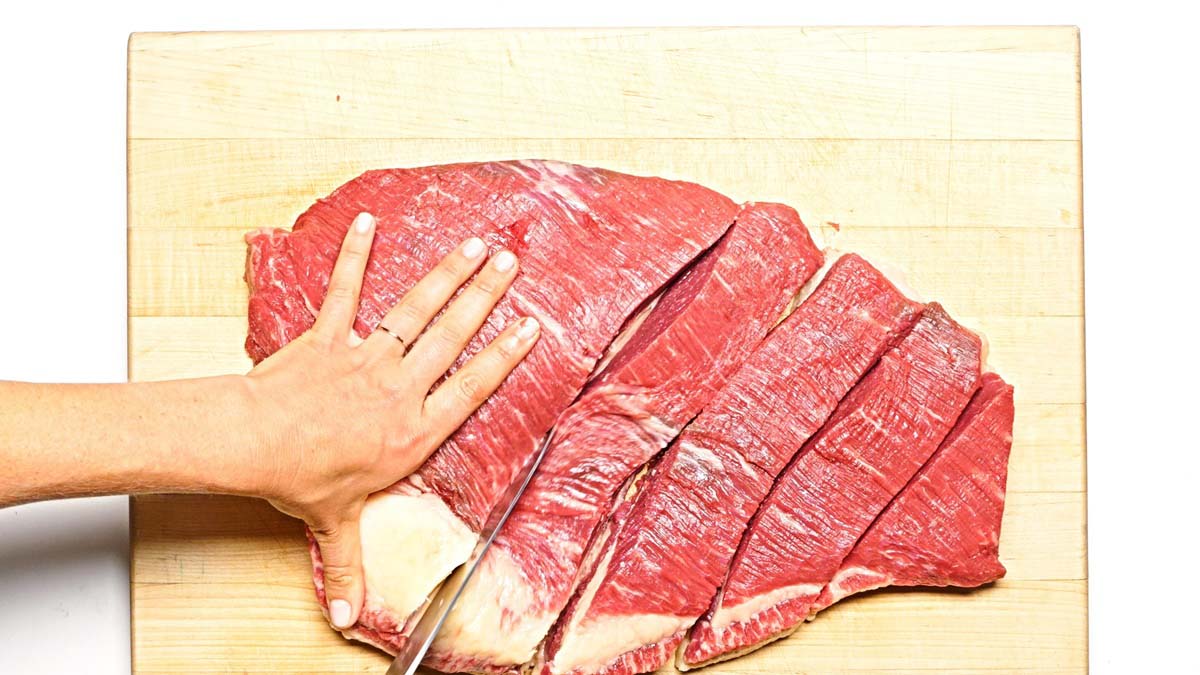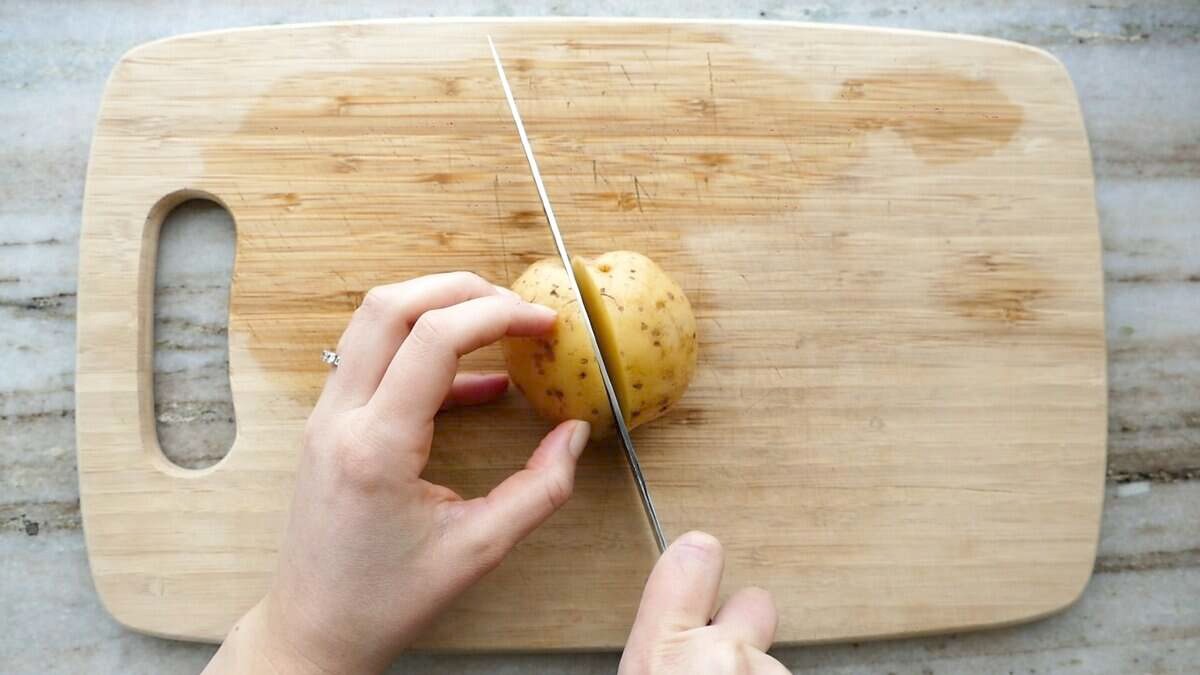Mastering the Art of Cutting Pork Belly for Korean BBQ
When it comes to Korean BBQ, one of the most beloved and sought-after cuts of meat is pork belly. Known for its succulent flavor and melt-in-your-mouth texture, pork belly is a staple on Korean dinner tables and restaurant menus alike. While it may seem intimidating at first, learning how to properly cut pork belly can elevate your Korean BBQ experience to new heights. In this guide, we will walk you through the steps to master the art of cutting pork belly for Korean BBQ.
1. Choose a High-Quality Piece of Pork Belly
The first step in preparing pork belly for Korean BBQ is selecting the right cut of meat. Look for a piece of pork belly that has a good balance of meat and fat. The fat should be evenly distributed throughout the meat, as this will ensure a tender and juicy result. It is recommended to choose pork belly with skin-on for added flavor and crispiness.
2. Prepare Your Tools
Gather the necessary tools for cutting pork belly, including a sharp knife and a cutting board. The knife should have a thin, flexible blade that can glide through the meat effortlessly.
3. Start with Proper Chilling and Trimming
Place the pork belly in the freezer for about 30 minutes to firm it up. This will make it easier to handle and achieve cleaner cuts. Once chilled, remove the pork belly from the freezer and trim off any excess fat or skin that you do not desire. Trimming the edges will help create even slices.
4. Slice against the Grain
Pork belly has natural grains running through it, and it is essential to slice against these grains for optimal tenderness. Start by cutting the pork belly into thin strips about 1/4 inch thick. Remember to cut across the width of the meat, perpendicular to the grains, to ensure the most tender and flavorful result.
5. Adjust the Thickness to Your Preference
Korean BBQ offers different levels of thickness for pork belly slices, depending on personal preference. If you prefer a thicker cut, adjust the thickness of the slices accordingly. Thinner slices are ideal for a quicker cooking time and a crispier texture.
6. Arrange and Serve
Once the pork belly is beautifully sliced, arrange the pieces on a plate and get ready to grill. Korean BBQ is all about the sizzling, interactive experience of grilling your own meat at the table. Fire up the grill or a hot skillet, cook the pork belly slices to your desired doneness, and enjoy the mouthwatering aromas and flavors of Korean BBQ.
Remember, practice makes perfect. Cutting pork belly for Korean BBQ may take some time and patience to get it just right. With each attempt, you will refine your technique and develop your own personal touches. Embrace the process and savor the rewards of your efforts. Happy grilling!
- Choose a high-quality piece of pork belly
- Prepare your tools: sharp knife and cutting board
- Start with proper chilling and trimming
- Slice against the grain
- Adjust the thickness to your preference
- Arrange and serve
More Delicious Pork Belly Recipes to Try
Having mastered the art of cutting pork belly for Korean BBQ, the culinary enthusiast is now poised to explore an array of delightful dishes that utilize this skill. Among the recipes recommended to try are Pork Belly and Potato Stew for a comforting meal, Spicy Marinated Pork Belly with Kimchi which offers a perfect balance of heat and flavor, and Pork Belly Tacos with Korean Flavors that melds Mexican and Korean cuisines seamlessly. Each recipe allows the chef to apply their slicing prowess while expanding their flavor repertoire. The sticky and sweet allure of Sticky Honey Garlic Pork Belly is particularly recommended for those wanting to impress at their next gathering.
Was this page helpful?
Read Next: How To Cut Fresh Beets
